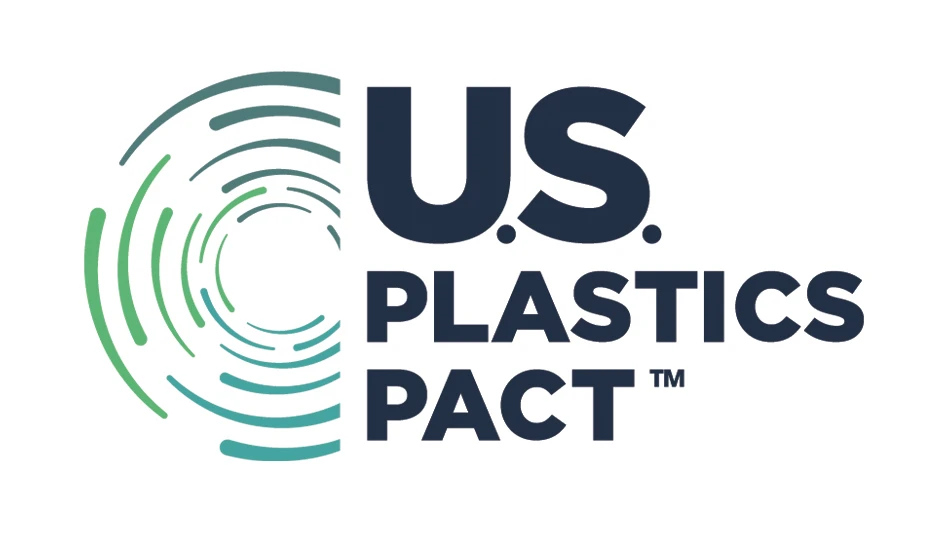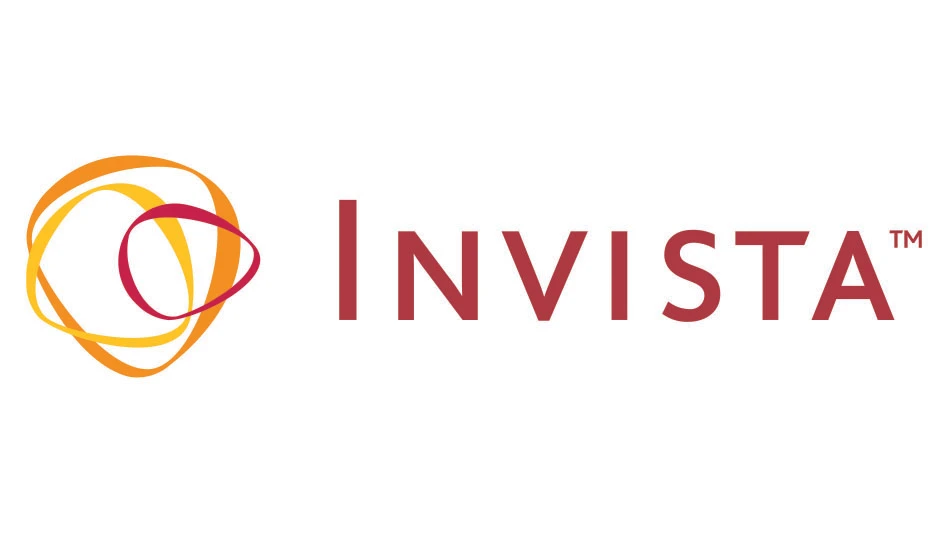 More than 40 years after the first Earth Day, at a time when many communities are celebrating more than 20 years of curbside recycling and America as a nation is diverting at least one-third of our waste, we know people are recycling. We also know that we could recycle more.
More than 40 years after the first Earth Day, at a time when many communities are celebrating more than 20 years of curbside recycling and America as a nation is diverting at least one-third of our waste, we know people are recycling. We also know that we could recycle more.
Academic analysis, such as “Recycling Policy and Performance: Trends in Participation, Diversion and Costs” by David Folz of the University of Tennessee (http://web.utk.edu/~dfolz/recycle1.html), as well as industry experience have developed best practices for residential programs in cities and suburbs: curbside service with universal containers—large rolling carts—collecting recyclables in a single stream and backed up with state or local recycling mandates, yard waste disposal bans and comprehensive outreach and education. These system features are shown to increase tons diverted from disposal to recycling, improve collection operations and encourage residents to participate.
Other factors, of course, affect recycling rates. These factors range from a growing environmental ethic to community demographics to a need to divert waste from environmentally inferior, aging and expensive disposal choices. However, at all levels—5 percent to 75 percent—communities are looking to continue to increase their recycling and diversion rates.
The Bigger Picture
Many recycling managers who are looking to increase their communities’ recycling rates wonder, How often are my residents recycling? How much is each household recycling?
Historically, set-out rates and participation rates have been used to help evaluate these values, but they may not be appropriate in today’s collection systems. When all residents have access and are issued large recycling bins, increasing recycling and diversion is less about how many individual households are participating and more about the overall tonnage: numerator over denominator. That doesn’t mean field data isn’t useful, but you first need to know what questions to ask. Instead of asking what is going on with any individual customer, ask yourself, Is this community recycling all it can? Are our residents looking to recycle more? Where, exactly, is there room for improvement?
Any collection driver can tell you: There are “good” routes and there are “bad” routes. Before automated collection, drivers and helpers could see not only cans on the curb but also the amount of material in them. With rolling carts and automated collection, the driver can only judge set-outs by how many carts seem to be at the curb. That estimation is not without value: It can be used as a starting point for data analysis or as a cross-check for what the data tell you. The automated vehicle operator cannot tell if a particular household is setting out every time though the container holds little material and half of it is incorrect, nor can he tell if another household is setting out only once a month but with contents that are perfectly prepared. And does it really matter? The route is the most easily identified, most easily targeted audience, and an outreach message tailored for a specific neighborhood may be exactly what you need.

The Devil's in the Data
As with all data measurement efforts, first you must know what you’ll do with the data and then create a plan for collecting it. Test that plan in a smaller area and share it with decision-makers. Then make adjustments to your data collection plan as needed and roll it out system wide.
The first task is to collect tonnage information for each collection route or neighborhood. With municipal forces, this can be as straightforward as setting up a system for gathering and tracking the information from the weight tickets. If a contractor is collecting the recyclables, the contract will need a stipulation or a change order to compel the collection and communication of data. The next step is to begin monitoring trends over time for individual neighborhoods. Which ones are consistently high? Which ones are consistently below the average? Which ones vary wildly, and which ones are steady?
|
What about Commercial Recycling? In the broadest strokes, residents usually view recycling as a service, and businesses often view it as a burden. Commercial service also is very different in that it is rarely universal; therefore, identifying the areas with lower recycling tonnages can be very difficult without in-depth field research. Outreach messages driven by tonnage can be relevant for businesses if the connection can be made between tons recycled, tons disposed and the cost for each. Haulers can be incentivized, also: The city of Los Angeles grants rebates to waste haulers who collect and deliver food waste for recycling—www.lacitysan.org/solid_resources/recycling/services/food.htm. |
“Good” recyclers merit a message from their community thanking them for doing their part, too. According to the Curbside Value Partnership (www.recyclecurbside.org), Arlington, Va., recycling programs with ongoing, consistent messaging that features the community impacts of recycling and basic “how tos” and that shares participation rates are most successful.
A secondary piece of information that may be slightly more challenging to obtain but definitely of great value is the contamination or residue rate for each recycling route. Collections from routes are almost immediately mixed with materials from other routes—even from other jurisdictions—upon delivery to the material recovery facility (MRF). For this reason, an overall residue rate for the facility is not useful for route-by-route analysis.
To obtain this information, therefore, recycling coordinators will need to request, stipulate or pay for a test sort on an individual route, usually once or twice annually. The residue rate will help recycling coordinators identify how well the customers on a given route are separating their recyclables from their trash, which can be useful in high- and low-tonnage neighborhoods alike.
Setting Your Target
With your data in hand, you can begin to identify the neighborhoods that may benefit from targeted outreach. The outreach will involve not just basic messaging but also some investigation on your part into what may be going on. Is there a shared misconception? Are the containers too large, or too small, for the homes to which they were issued? A neighborhood with high tonnage combined with a high residue rate may suffer from when-in-doubt-put-it-in-anyway syndrome. The target outreach message must be tailored not only geographically but also demographically.
What if a community does not have uniform and universal service? What if one of the outreach messages needs to be, “You should sign up for recycling!”
In this situation, the set-out rate and the participation rate can be useful metrics. If residents can opt in or out of recycling service, or if they can use their own containers to set out their recyclables, the participation rate can be cross-checked against billing to determine how many people remain to participate. Again, however, focus on the overall tons collected as the goal data point.
After the data are collected and analyzed, the most immediate action will be to target your outreach. Many great examples of outreach tools are available, and modeling the community outreach programs in successful cities is one way to improve participation rates. Another would be to hire a consultant who specializes in strategic outreach and communications. This expert can conduct a thorough evaluation of current efforts, identify gaps and missed opportunities and reveal where improvements and cost efficiencies can be made. He or she also should be up to date on emerging technologies and trends in communication, as the way people access and receive information develops rapidly. Operationally, the information can be used to determine if routing, container size or frequency needs to be adjusted. A routing or collection analyst can help you evaluate different options.
In an interesting duality, some communities that have discontinued calculating set-out and participation rates when they went to cart systems have purchased carts with radio frequency identification (RFID) tags and their companion readers. This technology actually can make set-out and participation rates very easy to generate, even if they are no longer sought. But, in the end, you need to know the tons, because that is what is driving your recycling and diversion, and that’s what decision-makers really want to know.
The authors are with Gershman, Brickner & Bratton Inc. (GBB), Solid Waste Management Consultants, Fairfax, Va. Kate Vasquez is a senior consultant with the company, while Samantha Villegas is a principal associate. More information on GBB is available from www.gbbinc.com.

Explore the September 2013 Issue
Check out more from this issue and find your next story to read.
Latest from Recycling Today
- NRC seeks speakers for October event
- LME identifies Hong Kong warehouses
- Greenville, Mississippi, launches aluminum can recycling program
- Cotton Lives On kicks off 2025 recycling activities
- Georgia-Pacific names president of corrugated business
- Sev.en Global Investments completes acquisitions of Celsa Steel UK, Celsa Nordic
- Wisconsin Aluminum Foundry is a finalist for US manufacturing leadership award
- MetalX announces leadership appointments





